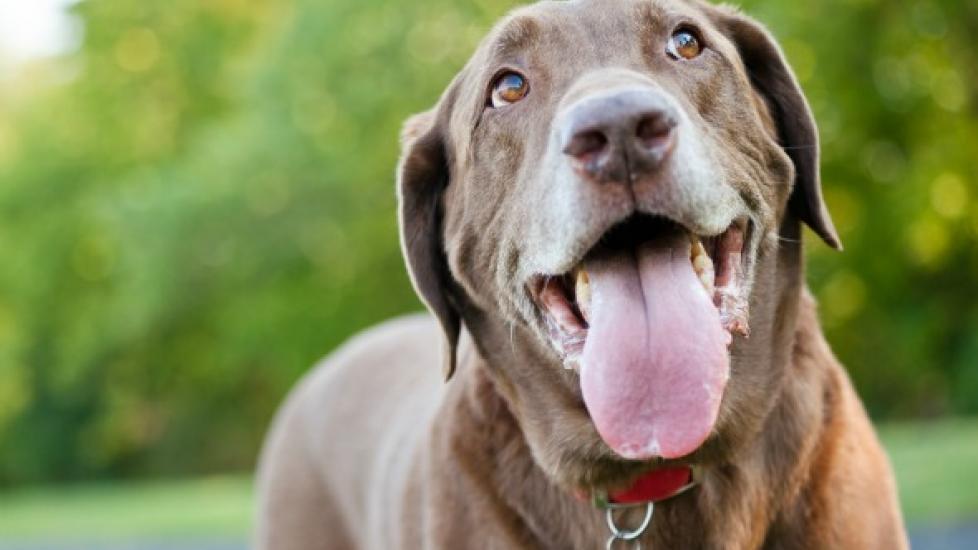Title: Understanding and Managing Mouth Cancer in Our Furry Friends
Introduction:
In the world of veterinary medicine, cancer is a formidable adversary that can strike any part of an animal’s body. One such form of oral cancer that affects dogs with unfortunate frequency is ameloblastoma, also known as mouth cancer or jaw tumor. This article aims to provide pet owners and veterinarians alike with comprehensive knowledge on recognizing the signs, understanding the causes, and managing this condition effectively for our beloved canine companions.
What is Ameloblastoma?
Ameloblastoma is a benign but locally invasive tumor that originates from the epithelial cells involved in enamel formation within the dog’s mouth. It commonly occurs near the roots of the molars at the base of the lower jawbone. While it may initially grow slowly, without treatment, these tumors can become aggressive, leading to pain, difficulty eating, and even spreading to other parts of the body through metastasis.
Signs and Symptoms:
Recognizing the early symptoms of ameloblastoma is crucial in providing prompt intervention. These include:
– Swelling or lumps around the mouth area, particularly along the lower jawline.
– Bleeding from the affected site due to ulceration or trauma during chewing.
– Bad breath (halitosis) that does not improve with regular dental care.
– Difficulty opening the mouth fully (trismus).
– Reluctance to eat hard food or chew normally.
Causes and Risk Factors:
The exact cause of ameloblastoma remains unclear; however, certain factors have been identified as increasing the risk:
– Genetics: Some breeds are predisposed to developing ameloblastomas, including Boxers, Bulldogs, Bernese Mountain Dogs, and Golden Retrievers.
– Age: Older dogs over seven years old are more susceptible to oral cancers like ameloblastoma.
– Dental Health: Poor oral hygiene can lead to chronic inflammation, which may contribute to the development of tumors.
– Environmental Exposure: Long-term exposure to certain chemicals or radiation could potentially increase the likelihood of oral cancer.
Diagnosis and Treatment Options:
A combination of clinical examination, imaging techniques such as X-rays or CT scans, biopsy, and blood tests will be necessary for accurate diagnosis. The primary goal of treatment is complete surgical removal of the tumor before it spreads or becomes too large to excise safely. In some cases, chemotherapy or radiation therapy might be recommended after surgery to reduce the chances of recurrence. Veterinarians often collaborate closely with oncologists when determining the best course of action based on each individual case.
Prevention and Management Strategies:
Pet parents should prioritize preventive measures by maintaining excellent dental health through regular brushing, professional cleanings, and dietary choices that support strong teeth and gums. Regular check-ups with your vet allow for early detection of any abnormalities that could indicate potential problems down the line. Additionally, staying informed about genetic risks associated with different breeds can help make educated decisions regarding breeding practices.
Conclusion:
While mouth cancer in dogs can be daunting, being aware of its signs, knowing how to prevent it, and seeking immediate medical attention when necessary greatly improves outcomes. By fostering open communication between pet owners, vets, and specialists, we create a supportive environment where our furry friends receive optimal care throughout their lives. Let us continue to learn together so that every tail wag lasts longer – free from the threat posed by devastating diseases like ameloblastoma.
